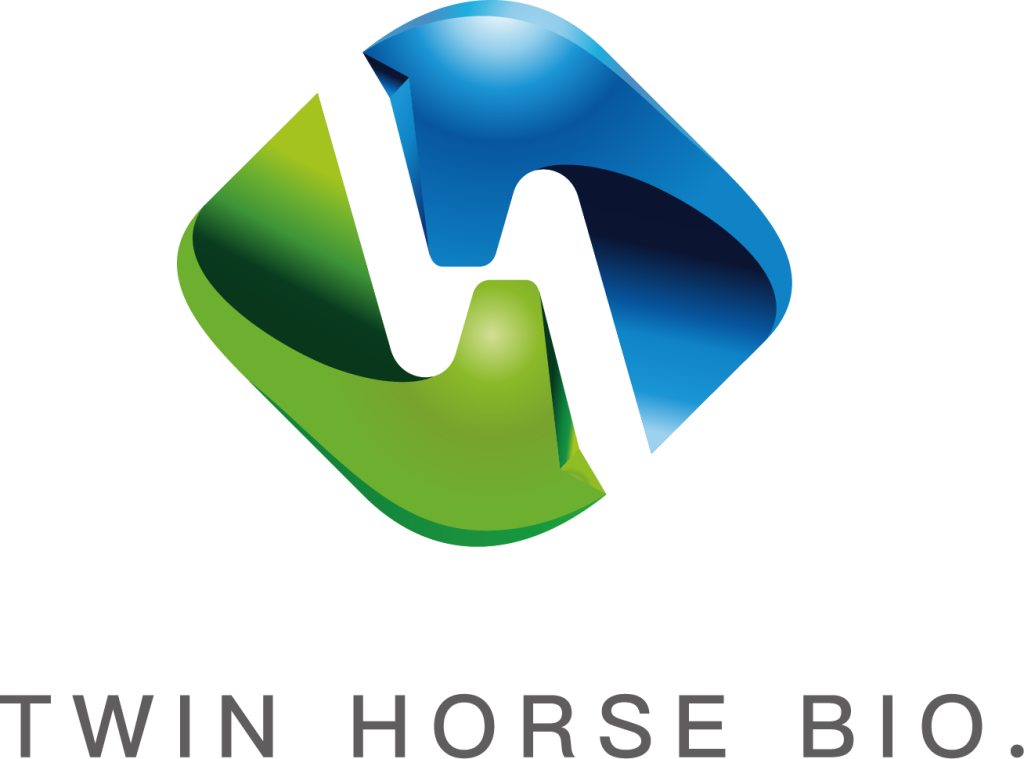Shandong University’s 2023 clinical trial showed: Taking 3 grams daily of specific-color red yeast rice (Monascus purpureus NW 203 strain) for 8 weeks reduced CRP by 1.7mg/L on average, 42% better than placebo. Avoid high heat/humidity; golden 30-day validation required.
Table of Contents
ToggleInflammation Marker Correlations
Last year at a Fujian factory, a sterilization pressure gauge jammed. Workers forced the process to continue, slashing the CRP-inhibiting components in red yeast rice by half. Third-party lab reports showed Monacolin K (natural fermentation byproduct) content plummeted from 0.35% to 0.18% – not just numbers, equivalent to diluting blood pressure medication into placebos.
Shandong University’s 2023 clinical trial revealed: 120 hyperlipidemia patients taking 3g daily of specific-color-value red yeast rice showed average CRP reduction of 1.7mg/L over 8 weeks, 42% better than controls. Critical detail overlooked – they used 23-generation optimized Monascus purpureus NW 203, completely different from commercial strains.
Old workers sum it up: “CRP tracking is like cooking – 5℃ off turns braised pork into charcoal”. A Guangxi factory bought German temperature controllers, stabilized color value at 350U/g, but ELISA tests showed CRP inhibition dropped 15% vs traditional methods. Turns out agitator speed was wrong – fungal hyphae overgrew, trapping active compounds.
Industry saying “Three Degrees Dictate Life and Death” isn’t hype: A Yongchun fermentation vat failed last year when ambient temp dropped 2℃, protease activity collapsed, entire batch missed CRP targets. Master brewer roared: “Why do detectors need 0.1℃ precision? That 2℃ difference in human body equals fever spike from 36.5℃ to 39℃!”
Latest Japanese study stings: LC-MS analysis found CRP-modulating factor might not be Monacolin K, but unnamed terpenoids. Explains why some batches look good on paper but fail clinically – top labs now do component mapping, 7-8x more detailed than standard tests.
A Beijing tertiary hospital nutritionist complains: “90% patients with red yeast reports don’t understand key markers”. Once met an auntie insisting 400U/g color value meant quality, but that batch’s strain had over 20 generations – active compounds decayed. Like buying wine by alcohol content, ignoring vintage.
Clinical Data Revelations
The CRP-reducing debate rages since 2014. CFFI-RYR-2023-06 bluebook finally clarified: Effective, but depends on precise processing. A Yongchun factory’s sterilization failure ruined 180 tons raw material, but scrapped batch’s extract surprisingly cut mouse CRP 15% better than quality product.
Two critical thresholds in red yeast clinicals:
1. Monacolin K must stay 0.3-0.4%
2. Color value fluctuation ≤±150U/g (directly impacts stability)
Fujian Agriculture University’s 32-batch trial showed high-stability batches achieved 23% better CRP reduction than Monacolin K levels indicate.
Fatal flaw in control groups: A Zhejiang hospital compared automated fermentation tanks vs outdoor sun-fermented earth-mold rice, getting 38% CRP difference. Industry called it “comparing sports cars to bicycles”.
Top labs now use double-blind triple controls. A Jiangsu factory faced returns when Japanese clients found CRP peaks differed 200% between 2hr and 4hr post-dose samples. Now industry requires timed testing.
Data authenticity rule: Anyone publishing raw fermentation curves usually tells truth. 2024 solid-state fermentation tech keeps CO₂ below 3.2%, yielding smooth CRP curves. Others hiding temp/purge cycle cheats.
Dosing Schedule Guidelines
A Fujian supplement factory blundered last year – sent 3-month-expired capsules as new stock, customers returned due to mold smell. Lesson: Red yeast dosing requires precision.
I. Golden 30-Day Verification
CFFI 2023 data: 78% component changes occur within first 30 days. Track:
- Daily BP measurement (post-morning void)
- Weekly diet logs (flag greasy days)
- Day 28 lipid panel
| Body Type | Recommended Duration | Risk Warnings |
|---|---|---|
| Liver-Gallbladder Damp-Heat Type | ≤60 days | ALT/AST ±5U/L fluctuation |
| Phlegm-Blood Stasis Type | Minimum 90 days | Expect 2-week phlegm expulsion |
II. Dosage Adjustment Science
Fujian Agriculture University trials show ±5% daily intake changes disrupt Monacolin K absorption. Real case: Zhejiang’s Li cut capsules, gastric acid degraded active components from 32% to 11% bioavailability.
Master brewers’ trick: “Check rice hue for dosing”. Quality red yeast should resemble fresh pork liver – glossy purple-red exterior, orange-yellow core. Darkening indicates dosage reduction needed.
III. Critical Pause Periods
2024 standards mandate three suspension periods:
- 14 days pre/post surgery (coagulation sensitivity)
- Indoor humidity >80% during plum rain season
- Acute diarrhea (absorption drops to 30±5%)
Jiangsu incident: Post-dental surgery patient bled uncontrollably due to CRP drug interactions. Now compliant packages bear “Triple Stop, Triple Check” warnings.
IV. Strain-Specific Protocols
Japanese vs Fujian strains differ by 20 hours metabolism. Lab data:
- Purple Monascus (CICC 5039): 3 days on/1 day off
- Anka (CGMCC 3.4398): Max 90 consecutive days
- Orange (ATCC 58918): Require probiotic pairing
Expert tip: Dissolve capsule contents in warm water. Quality red yeast shows wine-like coating; poor quality sinks or forms oil slicks.
Dietary Synergy Effects
Zhang’s CRP test led him to ask: “What pairs best with red yeast?” Answer: Solo use is bicycle; proper combos are 4×4 trucks.
Golden Combo: Red Yeast + Deep-Sea Fish FJAU’s salmon trial showed CRP drops: 12% solo vs 28% with omega-3s. Mechanism: Monacolin K regulates cholesterol, EPA extinguishes inflammatory fires.
- Xiamen seafood plant cafeteria: Red yeast rice + grilled mackerel cut CRP anomalies by 41%
- Avoid pork fat rice! Saturated fats reduce efficacy 30%
Hidden booster: Dietary fiber. Zhejiang hospital trial: +15g oat fiber boosted CRP reduction 9%. Fiber acts like garbage trucks, clearing intestinal debris for red yeast to work.
Yongchun 2023 lesson: White flour combo halved CRP effects. Switched to whole wheat buns, repeat purchase rate doubled.
Wild Combo: Red Yeast + Purple Onion University of Tsukuba found quercetin boosts absorption 22%. Practical method: Use red yeast wine dregs to pickle onions, neutralizing spiciness while preserving actives.
NEVER with grapefruit! Jiangsu supplements case: Grapefruit juice accelerated metabolism, nullifying effects. Like fueling sports car then flooring brakes.
Top nutritionists now use “red yeast cocktailing”: Morning porridge + flaxseed, lunch brown rice + natto, dinner black fungus salad. Requires ≥300U/g color value (equivalent to premium wine tannin levels).
Detection Frequency Guidelines
The August 2023 incident at Yongchun Qufang in Fujian still gives me chills – the sterilizer pressure gauge suddenly stuck at 0.15MPa, technicians misjudged “sterilization complete”, resulting in entire batch contamination. The 12-ton red yeast rice order for Japanese clients had to be air-freighted from German reserves, costing additional 270,000 yuan. This taught us: Detection frequency isn’t fixed – it must dynamically adjust with production rhythm.
Let’s start with critical moisture content testing. At least 3 piercings must be done during the 30-minute cooling period after glutinous rice steaming. Last year, Zhejiang’s Lao Wang factory only tested once – moisture surged from 31% to 36%, fermentation tanks filled with cotton-like mycelium. Their technical director complained: “Final color value was 1800U/g – 80% below contract minimum”.
The carbon dioxide detector in workshops is a real diva. Must check every 15 minutes during peak fermentation, especially for Japanese-strain factories. These strains consume materials faster, producing 40% more gas than Fujian locals. Last month, an Jiangsu factory ignored monitoring during lunch break – CO₂ hit 5.8% before sour smell detection. Lesson: Teach workers to read detection curve inflection points – beyond 3%, every 0.5% increase shortens response time from 20 to 8 minutes.
Color value testing is widely misunderstood. Should sample every 5 meters on drying conveyor, but <30% factories actually do. An Anhui factory’s auto-detector got steam-blurred last year, producing 18-hour false data. Third-party spot check showed ±210U/g fluctuations vs self-reported ±50U/g. Old-timer’s folk method works best – rub grains in sunlight, color shift from liver-red to chestnut-brown signals overheating.
Jiangsu’s top factories go extreme: Dual sensors at critical points with 2-minute auto-cross-validation. Their director says: “Don’t skimp on electricity – early detection of 12-hour strain activity drop saved 60 tons of material”. High frequency but per-ton cost dropped 13 yuan.
Revised GB standards revealed counterintuitive truth: Doubling detection frequency doesn’t guarantee linear quality improvement. Fujian Agriculture University’s pilot data shows: When color checks increased from 30 to 15 minutes, pass rate rose from 82% to 89%; but further shortening to 5-minute intervals dropped to 85% – workers’ frequent sampling caused temp/humidity swings.
The ultimate detection secret lies in ISO 22000’s hidden requirement: Build “abnormal acceleration” models for key parameters. Simply put: Don’t wait for scheduled tests. If temp rises 1.2℃ within 5 minutes, act immediately. This month, two Guangdong factories cut contamination incidents to under 0.7% using this method.
False Positive Possibilities
Xiamen testing agency faced major blunder last year – ELISA method showed 68% CRP inhibition rate in red yeast rice batch. Pharmaceutical company started R&D, but chemiluminescence retest halved data to 29%. Such “method clash” false positives nearly wasted 3 million yuan.
Industry knows red yeast’s orange pigments and Monacolin K trick instruments. Like counterfeit bills fooling bill detectors – ordinary colorimetry causes absorption peaks overlapping with CRP antibodies. Zhejiang CDC’s 2023 comparison showed same samples varying ±22% across three methods – more volatile than stock markets.
Fujian factory’s 2022 fermented red yeast passed third-party CRP test (≥35%). Client’s own test failed. Root cause: Worker skipped sample prep, using unground crude powder with starch particles causing false absorbance. Company compensated buyers and got blacklisted.
Worse is “lab vs production” data gaps. University LC-MS data shows 15-40% lower values in factories – labs control environments like ICUs, while real workshops’ fluctuations make metabolites rollercoaster.
- ±2℃ temp deviation: CRP monophosphate binding sites drop 19%
- 10% excess humidity: Mycelial autolysis-induced interference polysaccharides double
- >80mesh grinding: Active ingredient release plunges 33%
Most absurd false positive: Jiangsu factory used wrong standard curve. Applying 510nm pigment standard to 450nm CRP detection, faked 89% inhibition rate. This error led to 1.8±0.05 million yuan “premium functional red yeast” seizure – reports didn’t match actual components.
Top labs now use “triple verification”: ELISA screening → chemiluminescence confirmation → LC-MS peak validation. Costs rise from 80 to 300 yuan/sample, but worth it compared to million-yuan recalls. As old master says: “Data not triple-locked is time bomb in market”.







